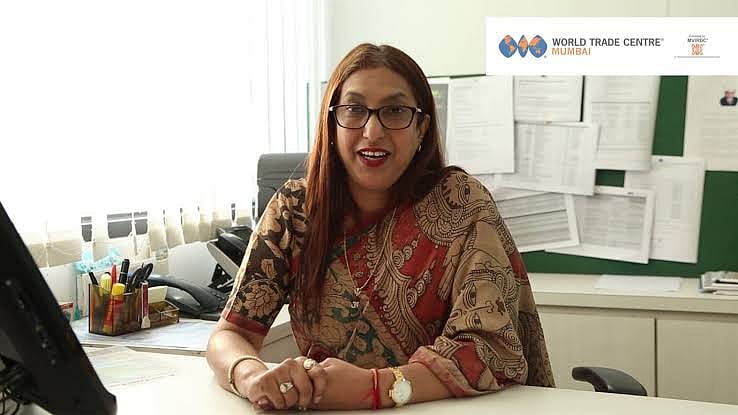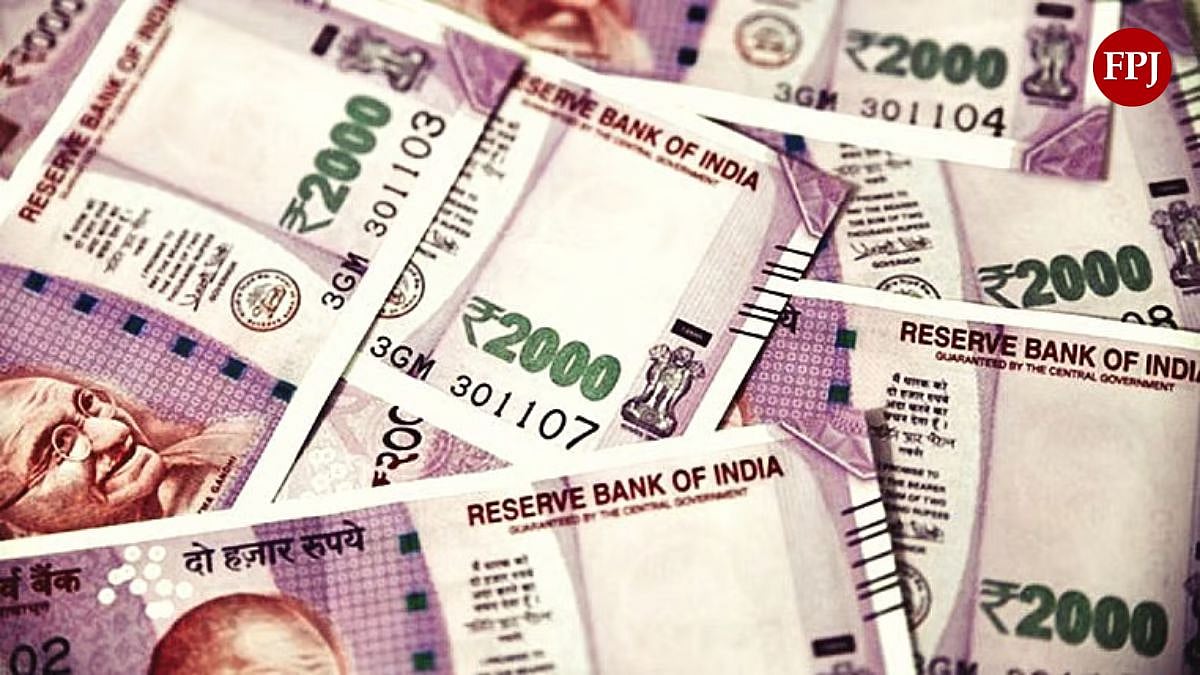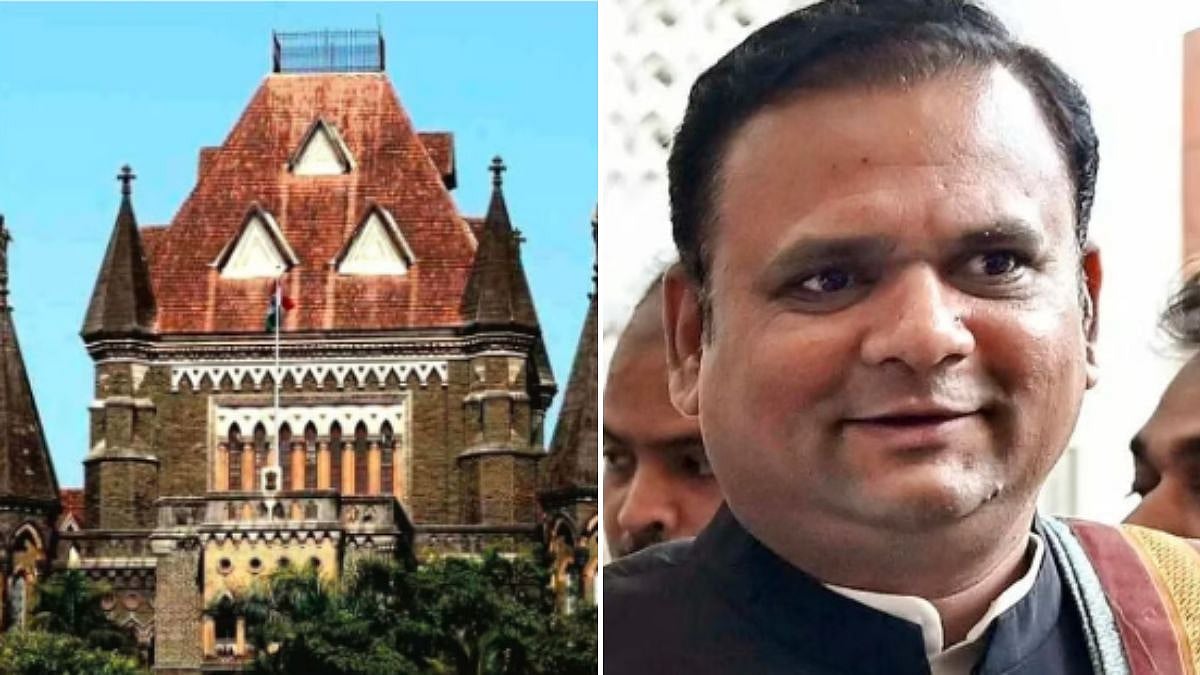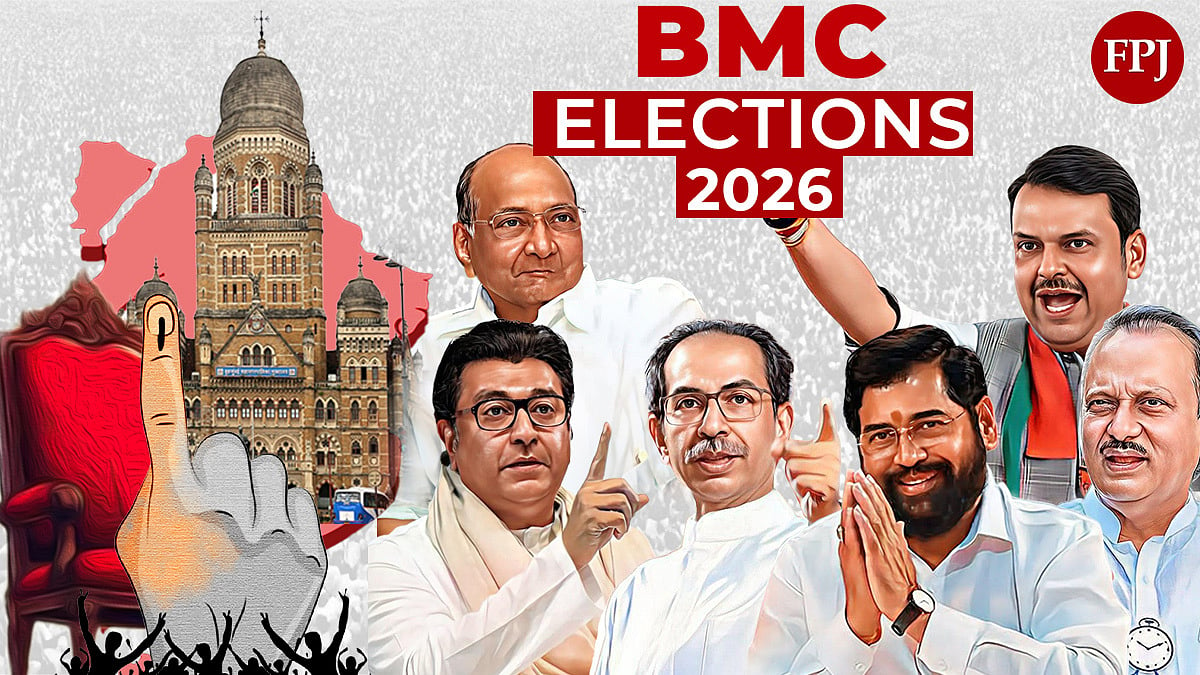The trading activities are at standstill (except for essentials). But for many manufacturers/exporters that fall under Micro, Small & Medium Enterprises (MSME) this clamping down on trade and manufacturing is expected to hit them hard. Rupa Naik, Senior Director of MVIRDC World Trade Center Mumbai, speaks to Free Press Journal’s Jescilia Karayamparambil about the challenges the exporters are facing.
Edited excerpts:
How have exports been hit due to lockdown?
Many exporters are facing cancellation of orders amidst the pandemic. Therefore, exporters who booked forward contracts anticipating revenue from these orders are in a fix now.
Movement of cargoes has been affected due to lack of manpower in the port areas and also because of the scarcity of truck drivers. There is huge congestion in the port area as import cargoes are not being cleared due to lack of transport workers.
MSMEs who have already taken orders from foreign clients are unable to fulfil them because of production shutdown. The government should allow MSMEs with unfulfilled export orders to operate at least one shift with proper guidelines on social distancing. Exporters in districts that do not have any COVID-19 case should be allowed to operate their production facilities.
How long will it take for the exporters to get back in shape?
It will at least take three months before the companies start to export. For that to happen, the central and state government will have to give them incentives to survive.
What are the recommendations made by the WTC Mumbai to the government?
WTC Mumbai has made several suggestions to the government to ease the stress faced by exporters. Some of them are:
Convert the losses incurred by exporters in booking forward contracts into loans, with flexible repayment terms.
Ensure that there is no disruption in the flow of credit to farmers for buying inputs for the next crop season (Kharif). Any disruption in credit will affect India’s farm exports in the medium term.
Provide credit guarantee for exporters who availed credit in anticipation of export orders, since many of these orders are cancelled by overseas clients.
Expedite refund of all pending tax credits
Extend the payment timeline for unrealised export bills discounted by banks and other financial institutions.
How much per cent of WTC members are able to trade and how many are waiting for the lifting of restrictions?
Many of our members are unable to fulfil export orders because of the scarcity of labour, delay in customs clearance, lack of transport facilities and other challenges.
Exporters from the green zone (where there are no reported cases of COVID-19) are waiting for the lifting of the lockdown
Do you see a challenge in getting the workforce back?
I think the labour will come back because all need jobs. But there have to be some regulations around their operations.
How can healthcare exports become a game-changer for the Indian economy?
Already India is a major exporter of generic drugs in the world.
Now, we need to focus on indigenous manufacturing of bulk drugs and Active Pharmaceutical Ingredients. India can save more than USD 3 billion in foreign exchange by becoming self-sufficient in certain critical medical devices used to combat COVID-19. According to our estimate, India can benefit from catering to the global healthcare market, which is expected to be USD 12 trillion by 2022.
What are the other areas of exports the government has to look at?
We have to look at other components that can be made in our country. So that our import bill can come down. At the same time, we can create more employment in the country.
India has a large domestic market. If India just focuses on its domestic market by encouraging import substitution, it will work well for us.
What is the trade deficit India is looking at?
We expect India’s trade deficit to be benign in 2020-21, because of the sharp decline in crude oil prices and also because of the expected decline in imports of gold and capital goods. Crude oil, gold, electronics and engineering imports are the major drivers of trade deficit. Imports of these goods are expected to decline in the coming year because of the expected slowdown in the Indian economy. Therefore, the trade deficit may be within the manageable level of USD 80-90 billion.
What are the challenges Indian exporters should be ready to face?
World over, countries may reduce their imports and take steps to become self-sufficient as a lesson from the COVID-19 crisis. Therefore, Indian exporters need to be highly cost competitive to retain their existing markets.
Exporters should also arrange for alternative sources of importing raw materials, in case they are unable to procure raw materials from the source country as a fallout of the COVID-19 crisis.
What are the opportunities for India exporters?
The sharp fall in the Indian rupee against the dollar will enhance the competitiveness of local exporters in the global market. However, the advantage from this may be limited as the currencies of our export competing countries have also depreciated in recent weeks. Indian exporters can benefit from the potential shift in global supply chain away from China, Italy and other affected countries.
There are talks about more foreign companies moving offices to India. How do you see this?
I do not know if foreign companies want to come to India. But one thing is for sure that they are not going to come right now into the country due to regulations on foreign companies. I strongly believe that Indian companies can stand the test of time if given a fantastic stimulus package. Bring India to the level of the United States or Canada.
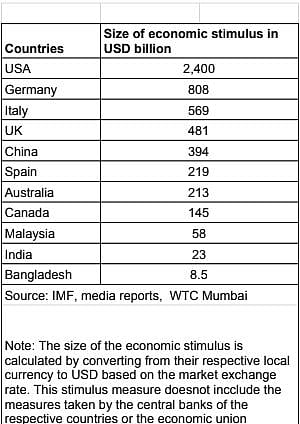
The package given by the government is not enough for MSMEs. Around 90 per cent of India is controlled by MSMEs and 90 per cent of jobs are created by MSMEs. The government will have to find a way to turn this opportunity into a real opportunity before another country does. Otherwise, India will continue to be a dumping ground again and we will not be able to survive such competitions.
MSMEs need immediate liquidity support to operate and to prevent from becoming insolvent. We cannot afford to let our MSMEs fail as they account for more than 20 per cent or 11 crore jobs in the country and more than 40 per cent of our exports.
If tomorrow the government decides to help MSMEs with incentives, what kind of export growth will we see?
If the government gives us a very good package, we can double the exports. The central government will have to look at various kinds of regulations that are holding companies back. The manufacturing sector was already suffering due to the regulatory controls, now added with the Coronavirus, the sector has gone to ground zero.
More than the revival, it is a matter of survival for the companies.
